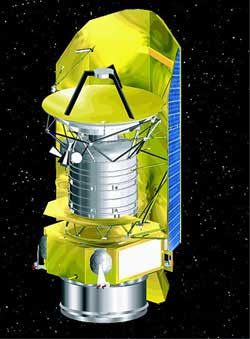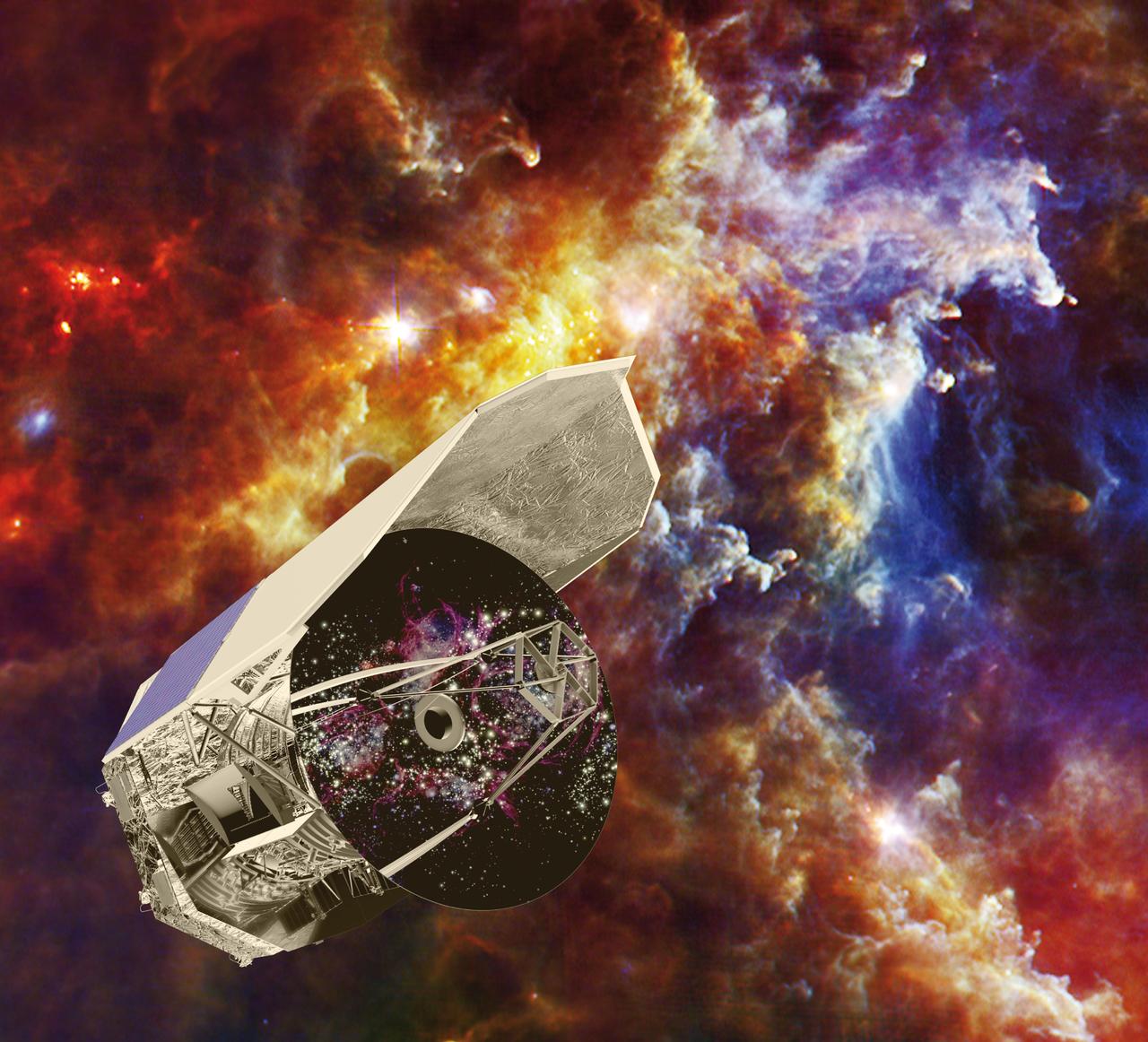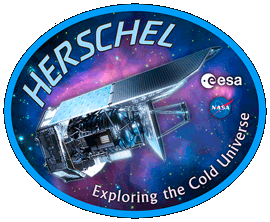Interesting Facts About The Herschel Space Observatory
Seeing In Infrared
The Herschel Space Observatory, with its 3.5-metre mirror, is the largest infrared space telescope ever to go to space. Observing in infrared is critical as much of the early, and cooler matter, of the universe radiates at these wavelengths. Built and largely operated by the European Space Agency (ESA), Herschel was launched aboard an Ariane 5 rocket alongside the Planck spacecraft towards the 2nd Lagrange point (L2) for a mission that lasted over 4 years.
Herschel Space Observatory Fast Summary Facts
- Type: L2 Orbiter
- Destination: Sun – Earth point (L2)
- Status: Deactivated – Heliocentric orbit (around the Sun)
- Launch Location: Guiana Space Centre
- Launch Date: May 14th 2009
- Arrival Date: July 14th 2009
- Mission Duration: 4 years, 1 months, 2 days
Interesting Facts About The Herschel Spacecraft!
- The Herschel Space Observatory is named after the British scientist who discovered that the light spectrum extends beyond the visible into the colder (or older) infrared.
- The Herschel Space Observatory's objective was to use its ability to detect radiation at far-infrared wavelengths, to observe the early Universe’s light to learn how the first galaxies formed and how they evolved while also studying dust obscured (and cold objects) that are invisible to other telescopes.
- The spacecraft’s size is 7.5 m (24.5 ft) high, 4 m (13 ft) wide and weighed 3,400 kilograms (7,500 lbs) when launched.
- With a primary mirror 3.5 meters (11 ft) in diameter, Herschel is the largest infrared telescope launched into space until the James Webb Space Telescope is launched.
- The Herschel Space Observatory was launched aboard an Ariane 5 rocket along with the Planck spacecraft on 14th May 2009.
- The probe operated from its Lissajous orbit taking 178 days to go around the Earth – Sun L2 Lagrangian point (which is 4 times the distance to the Moon!).
- Herschel had to keep its instruments super super cold; close to absolute zero! This was critical as the instruments have to be at ultra-cold to be capable of detecting the faint infrared light they receive!
- Passive cooling and helium gas are used as the coolant; once the helium was exhausted the spacecraft’s mission ended.
- Several of Herschel's observations determined that;
- Water had been delivered to Jupiter by Shoemaker-Levy 9
- The dwarf planet Ceres had water
- Stars were forming in galaxies as early as 900 million years after the Big Bang
- Molecular oxygen was confirmed in space
- Following the successful completion of the Herschel Space Telescope mission, on June 17th 2013, the observatory was placed in a heliocentric orbit (away from Earth and its L2 point) and deactivated to reduce the chance it would interfere with future spacecraft.
- It is estimated that the overall cost of the mission was €1,100 million! Wow, space is expensive!


Herschel Animation
Herschel's View



